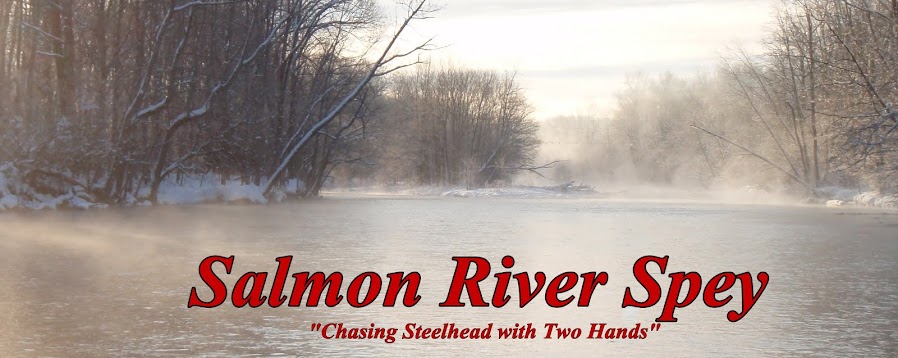Applying the epoxy thread wrapping finish....






I prefer light build finish for the thread wraps. It is nice and thin, and goes on in 2 coats. The first coat I put enough on to saturate the thread wrap down to the blank. But not so much that it's goopy and messy. This is the most important step in the entire rod building process. MAKE SURE TO MEASURE EQUAL PARTS PRECISELY!!! This is crucial as I've found out the hard way in the past. The finish will turn cloudy, then get clear again when properly mixed. Try to limit air bubbles when mixing since they will end up on your guides!
A little trick I've learned is before mixing the finish epoxy, place the bottles in hot water for a few minutes. This makes the two part epoxy easy to mix and apply. A little goes a long way and if it starts to harden or get gooey toss it and mix another batch to finish the application.

I have a slow turning motor, 6 RPMs. It works but I am going to get a two speed motor of 24 RPMs for applying the finish a little quicker, and 6 RPMs for drying. Let the rod rotate for 8 hours while the finish evens out and dries. After the epoxy is dry, cut off any loose or frayed thread along the guides and then apply the second coat. Let dry another 8-10 hours. You can give it a 3rd coat, but I'm way too impatient for that and you shouldn't really need it.

Here you can see how the wrapping finish darkens the thread color. This is as the first coat is drying....

Butt wraps and some basic info so I don't forget what rod it is....



































